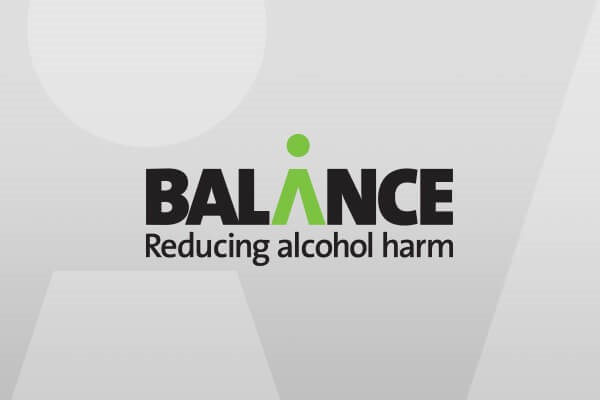New hard-hitting health campaign launches in the North East
Drinkers are being warned that alcohol is in the same cancer causing category as tobacco smoke and asbestos as part of a new hard-hitting health campaign, launched today (Monday) as part of Alcohol Awareness Week.
Balance, the North East Alcohol Office, is aiming to raise awareness of the links between alcohol and cancer – with alcohol responsible for around 12,500 cases of cancer each year in the UK.
There are seven types of cancer that are linked to alcohol; mouth cancer, pharyngeal cancer (upper throat), oesophageal cancer (food pipe), laryngeal cancer (voice box), breast cancer, bowel cancer and liver cancer. And it isn’t just heavy drinkers who are at risk – the more you drink, and the more often you drink, the greater the risk.
Studies have shown that:
You are three times more likely to develop cancers of the mouth and throat by drinking above the recommended limits.
Regularly drinking just above the recommended guidelines increases the risk of getting breast cancer by around 20%.
Alcohol is one of the main risk factors for liver cancer.
In the latest Balance public perception survey carried out across the North East only 21% of people stated that alcohol greatly increases the risk of cancer – with 18% believing that alcohol doesn’t increase the risk at all. There were also low associations with alcohol and some cancer types. When questioned over a third (34%) didn’t associate alcohol with breast cancer, almost one in four (23%) people didn’t associate alcohol with mouth and throat cancer and one in five (21%) didn’t associate alcohol with bowel cancer.
The campaign will launch across TV screens from today and it is set to be one of the hardest-hitting regional health campaigns for alcohol to date.
The film shows a man in the kitchen about to prepare a meal. As he is doing this you see him reach into the fridge for a bottle of lager which he then pours into a glass. As he starts to drink the lager you notice something in the bottom of the glass. The more he drinks, the bigger the object gets. In one of the final shots you see the tumour sliding towards his mouth.
Colin Shevills, Director of Balance, explains: “We appreciate that this is quite an uncomfortable film to watch but evidence tells us that hard-hitting campaigns work and we want to highlight the harms that can be caused by drinking too much, too often. Unlike tobacco very few people associate alcohol with cancer and we need these perceptions to change.
“We need to continue to raise awareness of the potential health impacts caused by alcohol. Alcohol is linked to more than 60 different medical conditions, including liver disease, cancer, osteoporosis, stomach ulcers, raised blood pressure, stroke and dementia.
“As the campaign says, alcohol is a Group 1 carcinogen, like tobacco smoke and asbestos – it shouldn’t be treated like any other commodity. Regularly drinking over the recommended limits can put you at risk, so the message here is moderation – the more you cut down, the more you reduce the risk.”
Department of Health guidelines recommend no more than 2-3 units a day for women and a maximum of 3-4 units a day for men, with at least 2 alcohol free days per week. There are 2 units in a standard 175ml glass of wine (ABV 13%) and 3 units in a pint of strong lager, beer or cider (ABV 5.2%) so you might be consuming more than you think. You can get further information and can see how much you are drinking by using the online drinks checker at www.reducemyrisk.tv
Sarah Williams, health information officer at Cancer Research UK, said: “Hard hitting, memorable campaigns like this help to highlight the risks of drinking alcohol. And remind us that it can cause serious health problems, including cancer – causing around 12,500 cases every year in the UK. It isn’t just heavy drinking that increases the risk. But the more you cut down on alcohol, the better – try making every other drink something soft, or making a pact on alcohol-free days with your partner and friends.”
